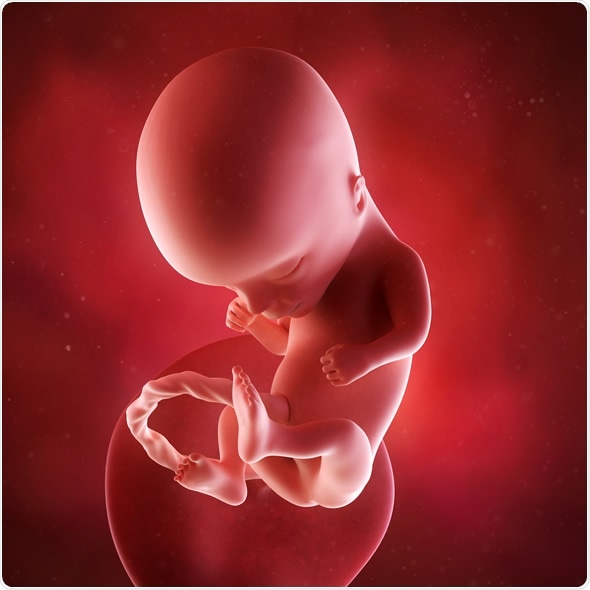Site Under Development, Content Population and SEO, Soft Launch 1st January 2020
Week 13 of pregnancy represents the beginning of the second trimester, the stage where fetal development takes on a whole new meaning.
During the second trimester, a pregnant woman and her partner may be able to find out the baby’s gender and the mother-to-be may even feel the baby move.
By the 13th week of pregnancy, the baby’s intestines have moved from the umbilical cord into the abdomen.
The gentitalia are now fully developed within the baby’s body and a penis or clitoris will begin to form externally, although at this stage it is not yet possible to identify the baby’s gender at an ultrasound scan.
The baby is also starting to form urine, which is expelled into the amniotic fluid. Tissue continues to turn into bone around the head and in the baby’s limbs.
The baby’s fingers and toes have now separated, nails begin to form and some hair may even be growing.
The baby’s head can now move and facial features continue to develop. At this stage, the baby weighs around 25 grams.
The mother’s uterus is expanding and changing position to be above the pelvis. The second trimester is usually when a pregnant woman starts to feel less tired and this may be a good time to consider low impact exercises such as yoga, swimming or walking.
By the 14th week of pregnancy, the baby’s arms are at almost the final relative length that they will be when the baby is born and the neck has more definition.
The baby now has eyebrows and may be able to frown, grimace or squint. At this stage, some babies may even begin to suck their thumb.

The baby has now started to swallow small amounts of amniotic fluid, which move into the stomach.
The kidneys have started to work and the baby can pass the fluid it swallows back into the amniotic fluid in the form of urine. Red blood cells are also forming in the spleen.
The placenta now fully supports the baby and provides it with nutrients, as well as producing hormones that are required to support the pregnancy.
In female babies, the ovarian follicles start to form and in male babies, the prostate starts to appear. It will be possible to identify the baby’s gender this week or in the coming weeks.
The baby is now around 90 mm in length and weighs around 40 grams. The mother’s uterus is now approximately the size of a grapefruit and continuing to grow. It may press on the bladder, making it necessary to use the toilet more often.
It is around week 15 that the baby will soon be able to hear. The baby may be able to hear muffled sounds from the outside world or sounds from the mother’s digestive system, heart or voice.
The baby’s eyes are still closed, but start to become light sensitive and possibly capable of perceiving bright light from beyond the mother’s abdomen.
The baby is growing rapidly and developing bones that will soon be visible at an ultrasound scan.
At week 16, the baby’s nervous system continues to grow and develop, allowing the baby to make coordinated limb movements.
The hands can now form a fist and are also able to reach and hold each other.
Eyelashes as well as eyebrows are now formed, along with fingernails and toenails and a fine hair referred to as lanugo covers the body to help protect the baby’s delicate skin.
This hair has disappeared by time the baby is ready to be born, as the body has enough fat to provide insulation.
The eyes have started to slowly move and the ears have nearly reached the position they will be at birth. The baby is now around 120mm in length.
Women who have experiended tiredness and nausea will probably start to feel better around the beginning of the second trimester.
They may begin to feel an increase in their sex drive, possibly as a result of pregnancy hormones or an increase in blood flow to the pelvic region, although it is perfectly normal not to experience these feelings.
As the womb grows and rises upwards, the mother will notice a small bump developing in the abdomen.
By the fourth month (16 weeks) of pregnancy, the mother may be able to feel her baby’s first light movements, although it is still early days and more common for these fluttering movements to be felt later.